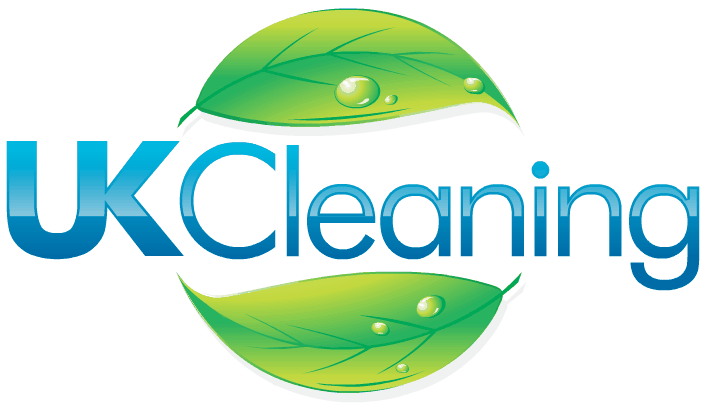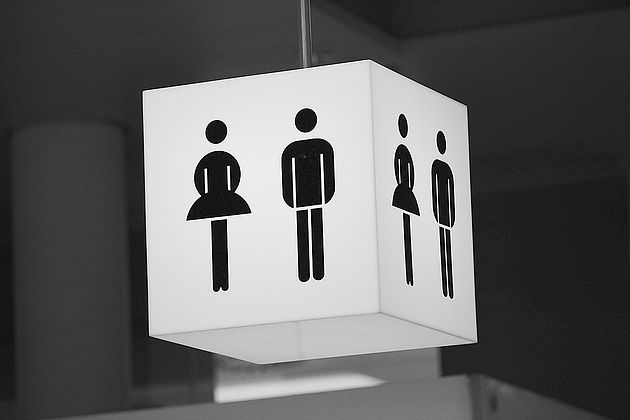“Atishoo!”
“Gesundheid!”
When someone sneezes next to you, your first response may be, “Bless you” or, “Gesundheid” (especially if you are German), meaning, health.
It’s simple sneeze etiquette to respond in this way.
If this sneeze scenario occurs with a work colleague, a friendly response is de rigueur. If the person sneezing does so constantly throughout the day, you might put some distance between you and the person, or suggest they take some time off work, particularly if you know they are contagious.
But what about when your toilet sneezes?
???
That’s right. According to studies conducted in 1975 and 2005 loo flushing produces a vapour, like a sneeze and can be just as contagious.
-
One toilet flush produces a cloud containing bacteria and viruses that remains airborne for at least 12 minutes and up to two hours, and travels six to eight feet up and out from the toilet, settling on surfaces throughout the bathroom.
-
A government article linking toilet flushing to the spread of disease suggested that aside from coughing and sneezing, flushing the loo,
“must be the most common process involved in the generation of infectious aerosols.”
-
Fallout of vicious vapors onto bathroom surfaces is a concern because of the risk of self-infection by hand to mouth/nose contact. One study traced the spread of Shigella (a diarrhoea causing organism) in a nursery school to contaminated toilet surfaces.
-
One study cited that the size of the vapor particles produced by the flushing toilet was in the range that was capable of reaching the lower respiratory tract.
-
“Pathogenic faecal contaminants [aka, poo] such as E-coli and Salmonella have been isolated from the respiratory tract of infected humans.”
Brings a whole new meaning to, Eau de Toilet.
Surgeons and physicians are aware of this problem—I know because several friends of mine are in the medical field. After reading about this taboo toilet feature, I polled a few of them and asked how they deal with it. The first response was typically,
“Make sure you have a good cleaning service!”
Usually followed by,
“Flush and run!”
Or, as one casualty doctor pointed out with a grin,
“I perform BFR,”
(a play on the resuscitation term, CPR)
“Breathe, Flush, Run. BFR! Hold your breath, flush, then get out fast. Oh, and closing the lid might help too.”
Having said that, closing the lid doesn’t make all that much difference either because the same amount of bacteria escape through the gaps, though it does buy you some time to escape the cubicle.
This knowledge opened up a whole new world of germ theory fear for me, a committed germaphobe. The studies mentioned above pertain to corporate, shared bathrooms (as yet, there are insufficient studies on household loos) and suggest cross infection arises from cases of vomiting and diarrhoea.
Using communal toilets in the workplace means that you can’t avoid this sort of thing without becoming dangerously dehydrated, or developing tummy ache from not going.
Fortunately, we offer a superior contract cleaning service. This is a must. When you share your loo you want to know that the area is in the hands of a team of contract cleaners who know about “The Loo Sneeze” and the importance of cleaning the whole area thoroughly, with products that are effective and safe (we worry about the environment too).
And, of course,
“Always, always, always wash your hands, with soap!”
Doctor’s orders.

